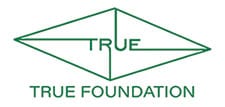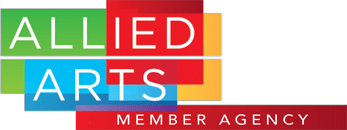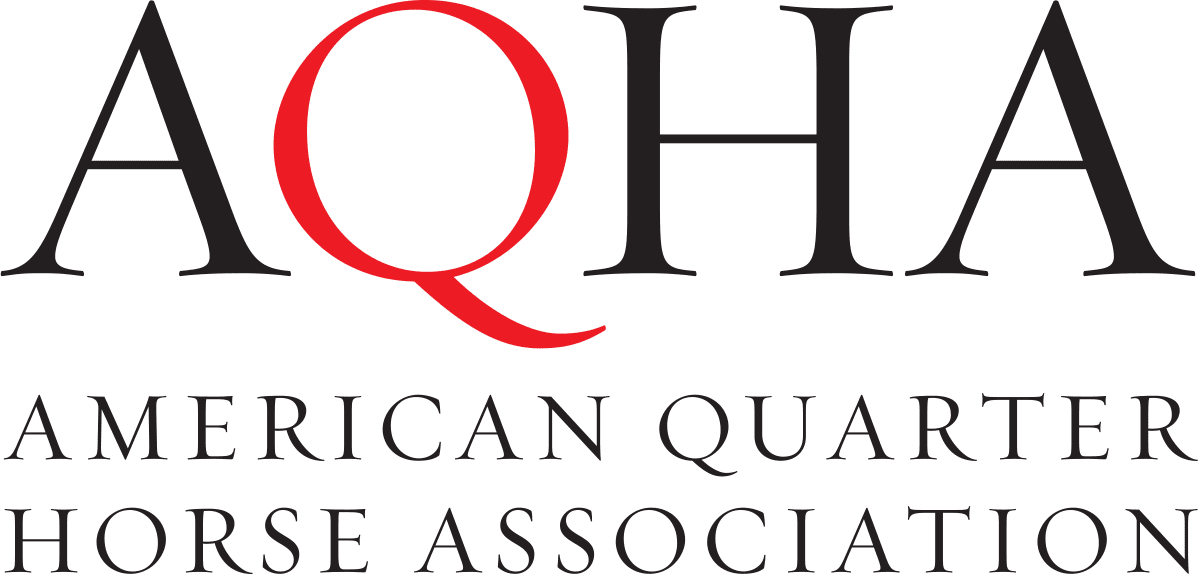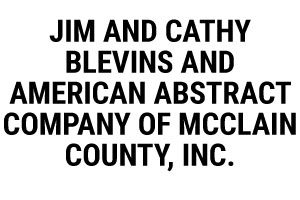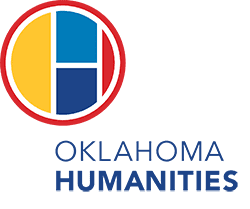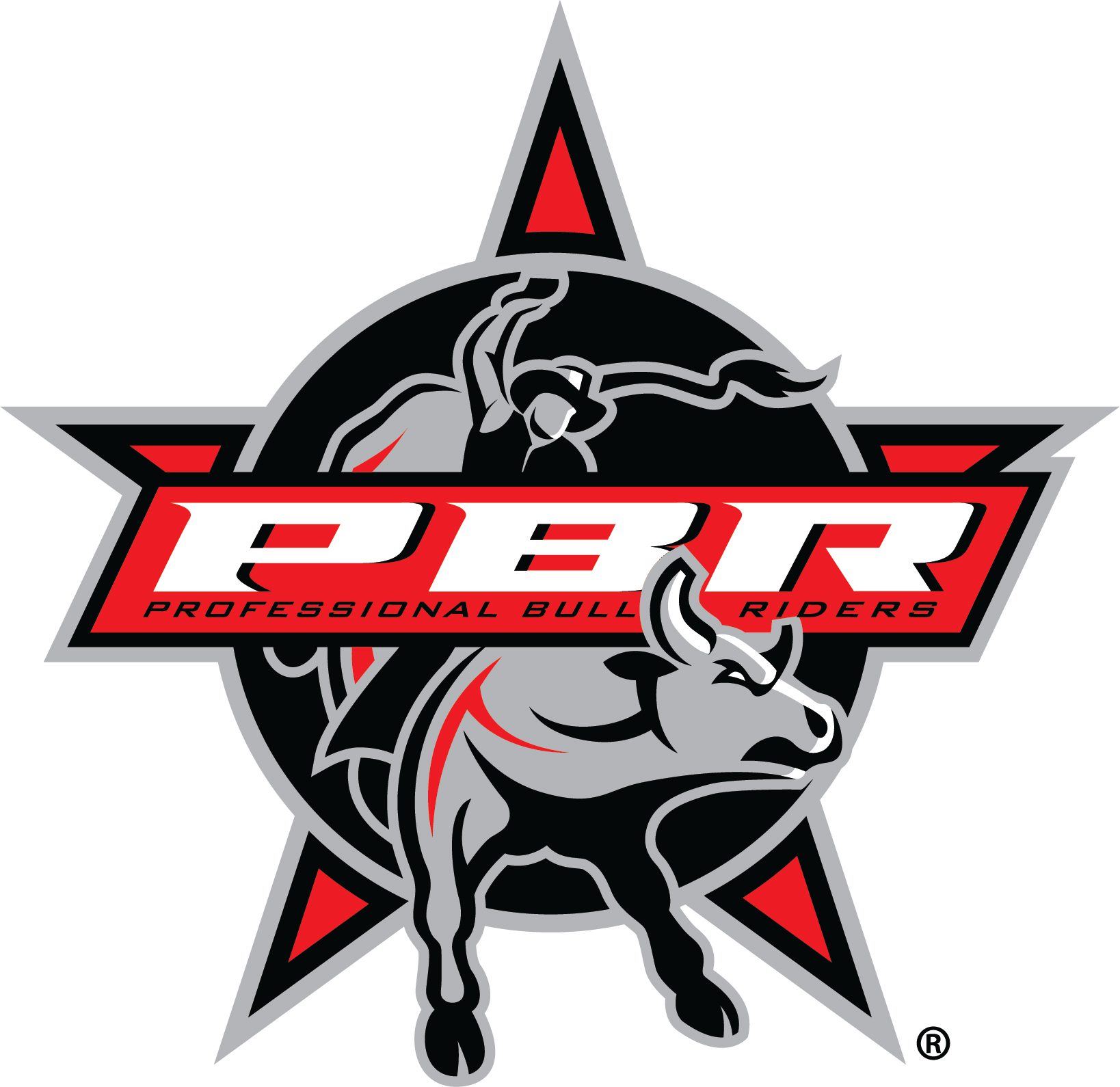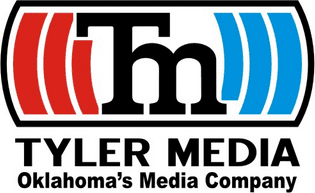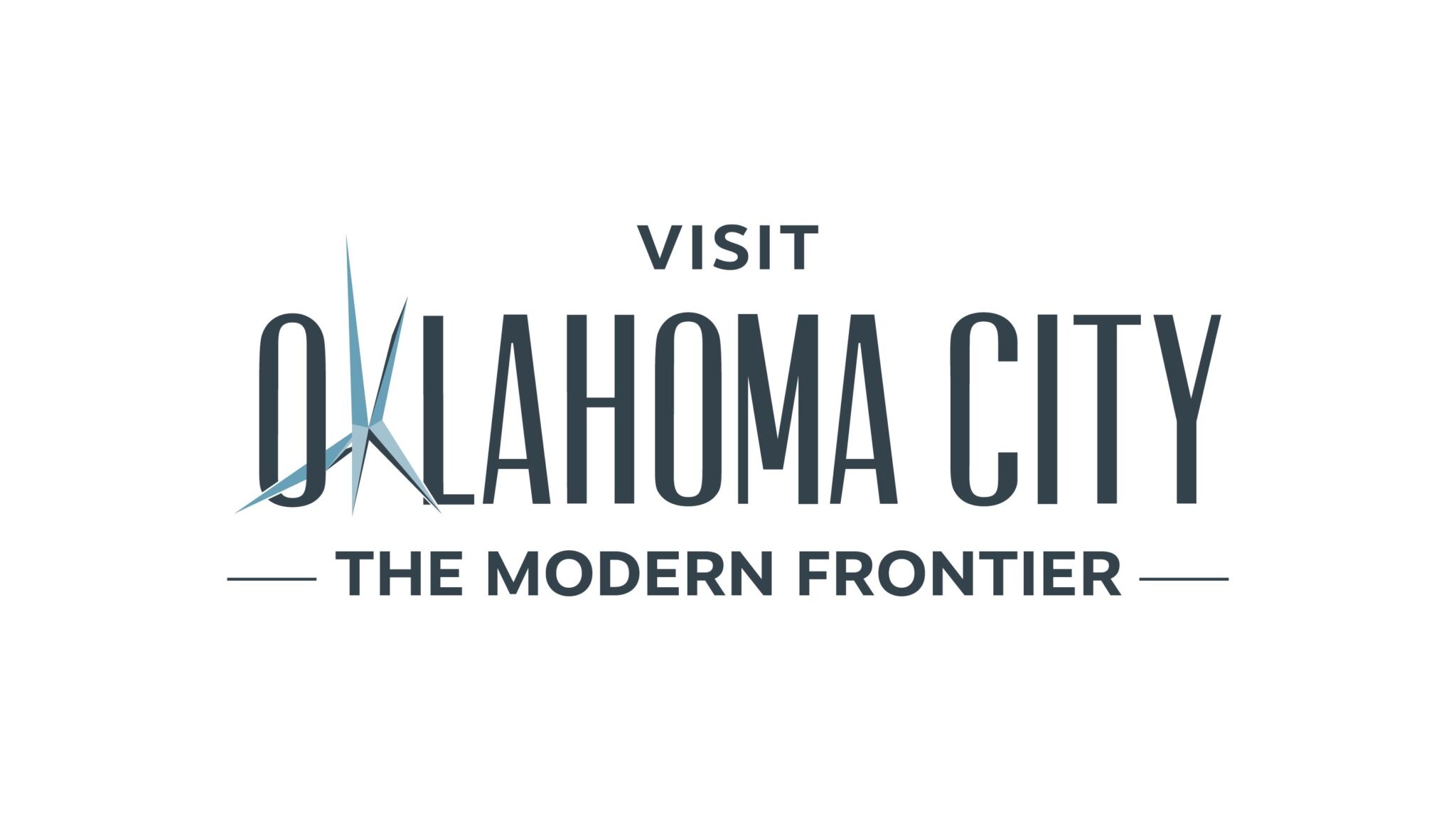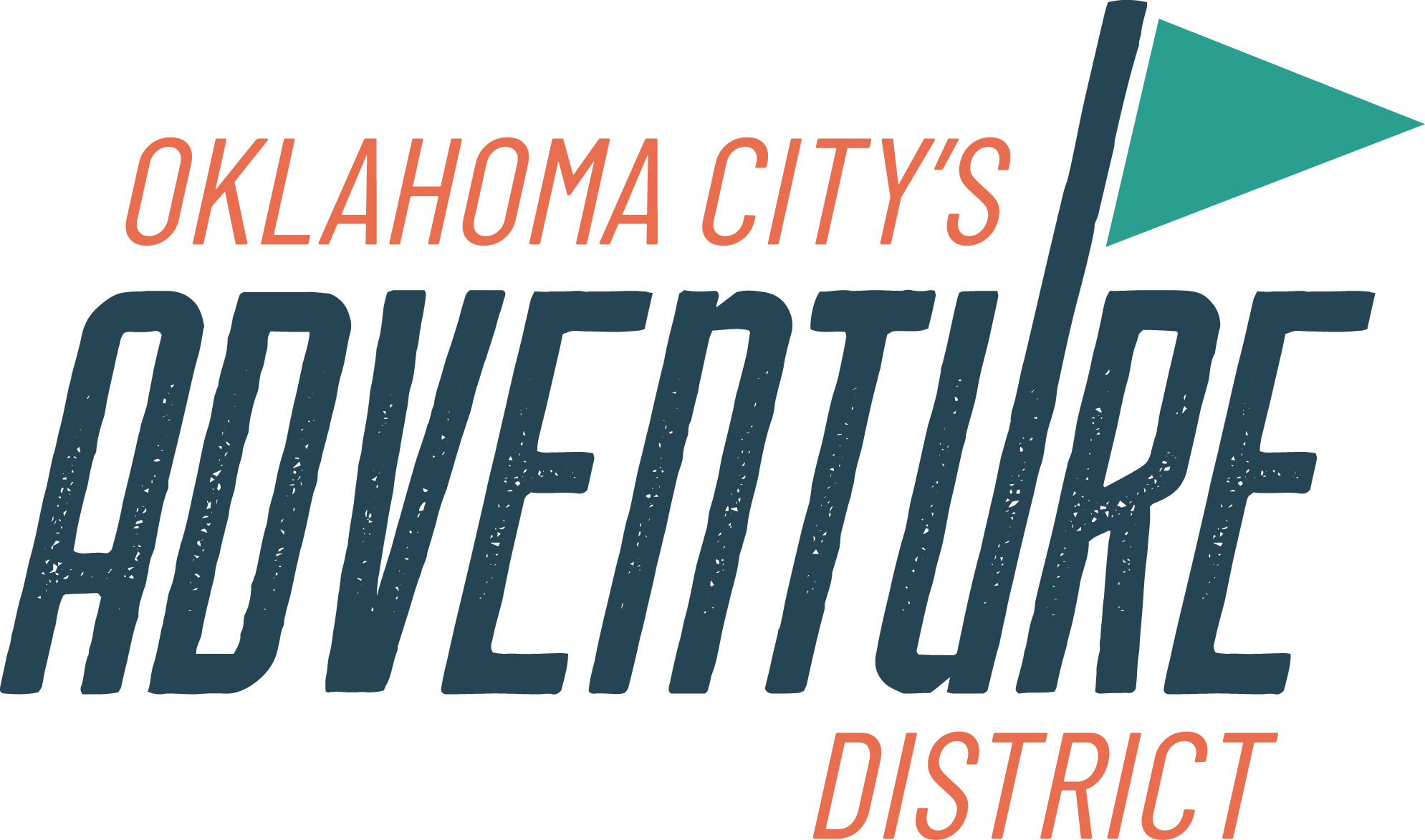This virtual exhibit highlights both the Western photographers’ role in documenting American Indian life and the photographs themselves. The work of noted Western photographers including George A. Addison, Fort Sill, Oklahoma Territory; W. E. Irwin, Chickasha, Indian Territory; Thomas Houseworth, San Francisco, California; John K. Hillers, the Powell Expedition of 1873; Timothy O’ Sullivan, the Wheeler Survey Expedition of 1874; and others are featured. images created for mass distribution by stereograph manufacturers Underwood & Underwood and Keystone View Company and several postcard publishers are also included.
Exhibition photographs include traditional studio portraits, images that show the material culture of Native American people, portrayals that reinforce white stereotypes, images of traditional Indian lifeways, and photographs that illustrate aspects of Native American history. The ways photographs can sometimes misrepresent American Indian life and experience is also explored. Among the photographic formats in the exhibit are albumen photographs, cabinet card photographs, real photo postcards, and stereographs.
For purposes of this virtual exhibit the photographs are divided according to the categories noted above, but, of course, these are not absolute categories. For example, portrait photographs can show clothing and other material culture and stereotypical depictions may also have authentic aspects.
Portraits

Studio portrait by noted Fort Sill photographer George A. Addison depicts two young Kiowa women with fringed printed cloth shawls and cradle-boards with traditional beaded decoration. The cradle-board on the right has two cloth dolls and a toy tea set attached to its top.

Studio portrait of a young Kiowa mother, Lissie Woodward, and her son Oliver in a
cradleboard. The cradleboard exhibits traditional geometric Kiowa designs and studs in the support boards, while Lissie’s shawl is of a printed floral design.


